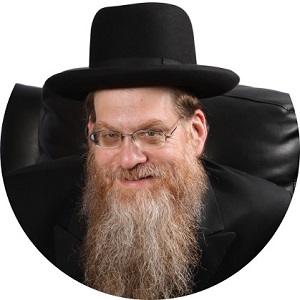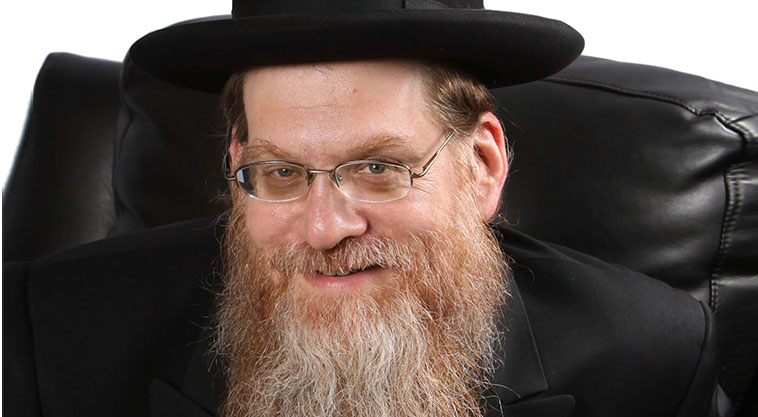Picture Perfect

"Rabbi, how was it sitting up there on the dais for the Siyum HaShas? Did they really have the dais heated? It must have been great!”
That’s a question I’ve been getting a lot. But, no, contrary to rumors, the only heat on the dais came from Torah. There were no special heaters. As far as how it was, I can answer that in one word: lonely.
I was facing the crowd with the continuous awareness that multiple seen and unseen cameras were filming my every move. I was forced to remain rigid the entire time, in proper rabbinic posture, which to me was a daunting challenge. I certainly felt uncomfortable and out of place on the dais.
I also couldn’t help but notice the constant flow of onlookers and well-wishers who made their to the dais to look at the rabbanim, and see whom they could recognize.
Nevertheless, despite the sometimes biting cold, I remained formal and austere as I attempted to maintain my outward rabbinic appearance, which felt more like masquerading in the king’s clothing.
Sitting next to me on the dais were a number of chassidic rabbanim. Their admirers and followers came over to receive a brachah, say “Shalom aleichem,” and photograph them to fulfill the pasuk, “You will see your teacher with your own eyes” (Yeshayahu 30:20).
I was very satisfied and content to remain an unnoticed onlooker as I observed so many wonderful children shyly approach the dais to take the picture of a well-known rav.
Suddenly, I realized that a little ten-year-old chassidish boy and his father were standing in front of me. I was further bewildered when the father raised a small camera (not a phone) and aimed it at me.
There are few (if any) fluently Yiddish-speaking ten-year-old chassidish boys in Passaic.
I was sure the man and his son had confused me with another rav, so I quickly said, “Bitte vart” (Please wait).
“Do we know each other?” I asked. “Perhaps you’re confusing me with someone else?”
The boy, however, nudged his father to take the picture and I reluctantly relented and allowed my picture to be taken.
When the boy excitedly scampered onto the dais with the camera and showed me the picture while smiling, I asked his name.
“Yoiley,” he replied.
“Where do you live?”
“Villiamsburg.”
I then asked the question that really had me intrigued. “Ken ich dir?”(Do I know you?)
I asked this question while addressing both father and son.
The father remained silent, shuffling in place somewhat uncomfortably.
The little boy, however, who had no social discomfort, replied, “Keiner hot nisht genimen dein bild [No one was taking your picture]. So I told my father, ‘Lomir nemen zein bild [Let’s take this rabbi’s picture so he won’t feel bad].”
I looked up at the young boy with the cherubic face and flowing peyos. I looked at the father with the authentic camera instead of a smart-phone camera, and suddenly my confusion vanished and clarity arrived.
To confirm my amazed assumption, I asked, “You mean to say, you don’t know me at all, and just so I shouldn’t feel bad that no one was taking my picture, you decided to come over and photograph me?”
The father again was silent; his son once again spoke the truth, “Mir hobn nisht gevolt az ir zolt shpiren shlecht!” (We didn’t want you to feel bad.)
There were many thank-yous and many smiles that day in MetLife Stadium. However, the thank-you that came out of the mouth of an amazed and surprised rabbi, and the smile a ten-year-old chassidish boy brought to the face of a sexagenarian grandfather, were to me the most precious.
(Originally featured in Mishpacha, Issue 795)
Oops! We could not locate your form.


